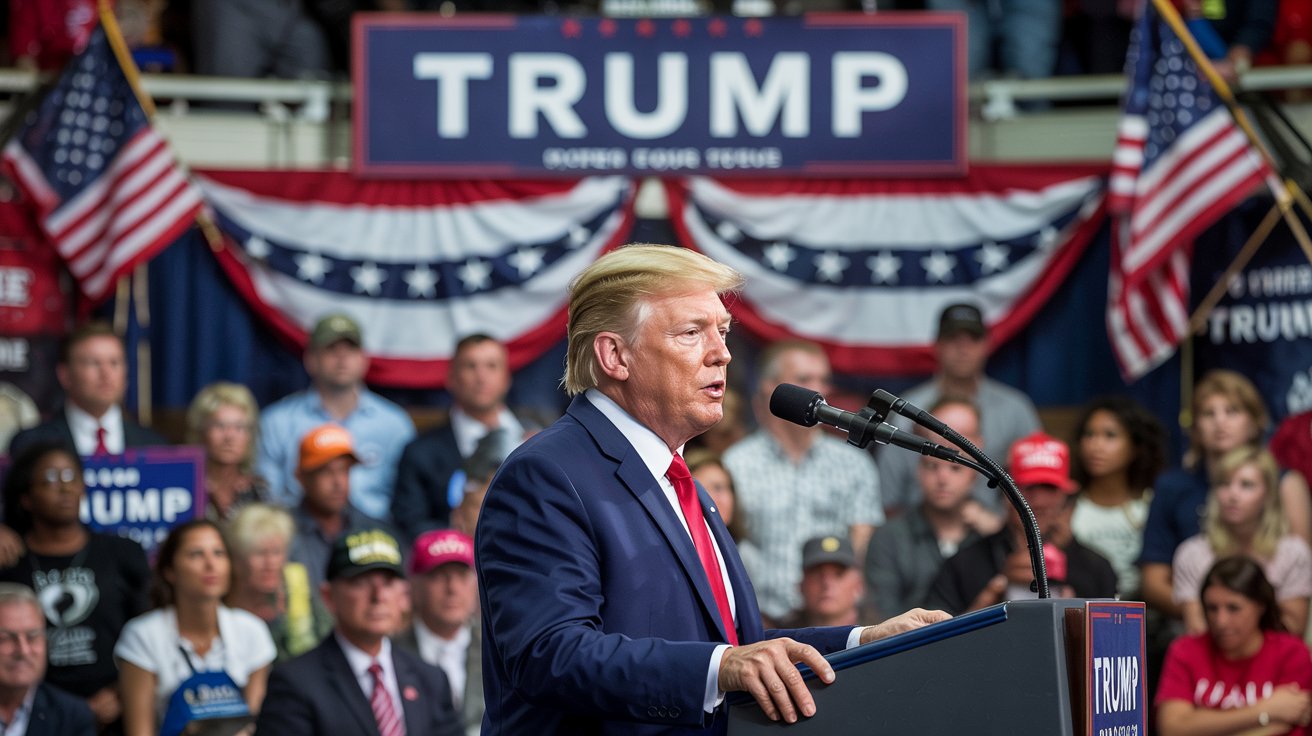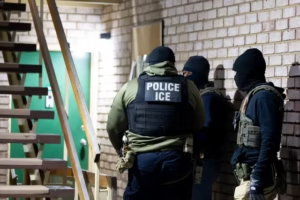Judge Blocks Trump’s Mass Deportation Plan Targeting 500,000 Immigrants — A U.S. federal judge has officially halted Donald Trump’s proposed mass deportation initiative, ruling that 500,000 migrants currently protected under a humanitarian parole program cannot be removed without individual case reviews.
What Was Trump’s Mass Deportation Plan?
Trump’s proposed plan aimed to rapidly deport over half a million immigrants from Cuba, Haiti, Nicaragua, and Venezuela. These individuals had legally entered the U.S. under the CHNV (Cuba, Haiti, Nicaragua, Venezuela) parole program created during the Biden administration.
Trump’s strategy focused on canceling their legal status en masse and initiating immediate removals, bypassing traditional due process or individualized legal review.
Why Did the Judge Block It?
The federal court ruled that mass deportation without individual hearings violates constitutional protections and U.S. immigration law. The judge emphasized that each migrant must be given a fair legal process, including:
- Individualized case assessments
- The right to present evidence
- Proper legal representation
This decision directly prevents future administrations from sweeping deportation orders against CHNV migrants without a court-approved process.
What Is the CHNV Parole Program?
The CHNV program, launched by the Biden administration in 2023, provides legal entry for vetted migrants from countries facing political or humanitarian crises.
Key Features of the CHNV Program:
| Requirement | Details |
|---|---|
| Countries Involved | Cuba, Haiti, Nicaragua, Venezuela |
| Sponsor Requirement | Must have U.S.-based sponsor |
| Vetting Process | Security, health, and identity screening |
| Duration of Legal Stay | Initially 2 years, renewable in some cases |
| Work Authorization | Granted upon arrival in the U.S. |
This policy helped reduce illegal border crossings and offered a legal, safer alternative for those fleeing crisis zones.
Who Are the 500,000 Protected Migrants?
Below is a breakdown of the estimated number of migrants currently shielded from Trump’s plan:
| Country | Migrants in the U.S. under CHNV |
|---|---|
| Cuba | 200,000+ |
| Haiti | 150,000+ |
| Nicaragua | 90,000+ |
| Venezuela | 90,000+ |
| Total | 530,000+ |
These migrants arrived legally by air through the parole program and were thoroughly vetted. Many are now working legally, paying taxes, and contributing to the U.S. economy.
Why This Ruling Matters for U.S. Immigration Policy
This ruling is not just a pause, but a long-term precedent that will impact:
- How future presidents enforce immigration laws
- The limits of executive power in mass deportation
- Legal protections for humanitarian migrants
Immigration experts say this could shape 2025 immigration reform, especially if Trump returns to office.
What Happens Next?
- Legal Enforcement Frozen: The Biden administration confirmed it will not enforce Trump’s plan following the court’s ruling.
- Appeals Expected: Trump’s legal team is expected to challenge the ruling.
- Human Rights Organizations Support Ruling: Advocates state this protects due process and prevents inhumane removals.
Summary: A Legal Turning Point in U.S. Immigration
The federal court’s ruling blocking Trump’s mass deportation plan sends a clear message: mass enforcement without due process will not be tolerated in the U.S. legal system.
Whether immigration policy becomes stricter or more humanitarian in the next presidency, every case must be reviewed individually, ensuring constitutional rights remain intact.
This decision sets a new standard — not just for today, but for how future administration’s approach large-scale immigration enforcement.
[USnewsSphere.com / nyp]





